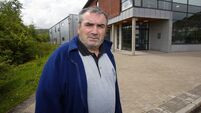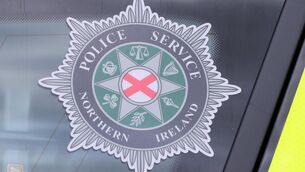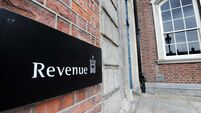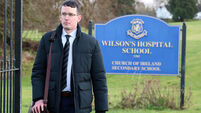Mon, 04 Aug, 2008 - 01:00
Do you envisage that within the next 10 years and with enhanced communication it will be possible that most office-based workers could indeed do most of their work from home?
H VERWEY, Cobh, Co Cork.
Already a subscriber? Sign in
You have reached your article limit.
Subscribe to access all of the Irish Examiner.
Annual €130 €80
Best value
Monthly €12€6 / month
Introductory offers for new customers. Annual billed once for first year. Renews at €130. Monthly initial discount (first 3 months) billed monthly, then €12 a month. Ts&Cs apply.
CONNECT WITH US TODAY
Be the first to know the latest news and updates
CourtsPoliticsPlace: CobhPlace: CoPlace: CorkPlace: IrelandPlace: Co CorkPlace: EuropePlace: DublinPerson: Minister for Communications, Energy and Natural ResourcesPerson: Eamon RyanPerson: J McDermottPerson: RyanPerson: WhooleyPerson: SkibbereenOrganisation: EirgridOrganisation: IrelandOrganisation: Ecofys and Golders AssociatesOrganisation: UNOrganisation: World Health OrganisationOrganisation: RTÉ 1Organisation: 2Organisation: TV3Organisation: TG4Organisation: RTÉOrganisation: Oireachtas TVOrganisation: European UnionOrganisation: Film Channel












